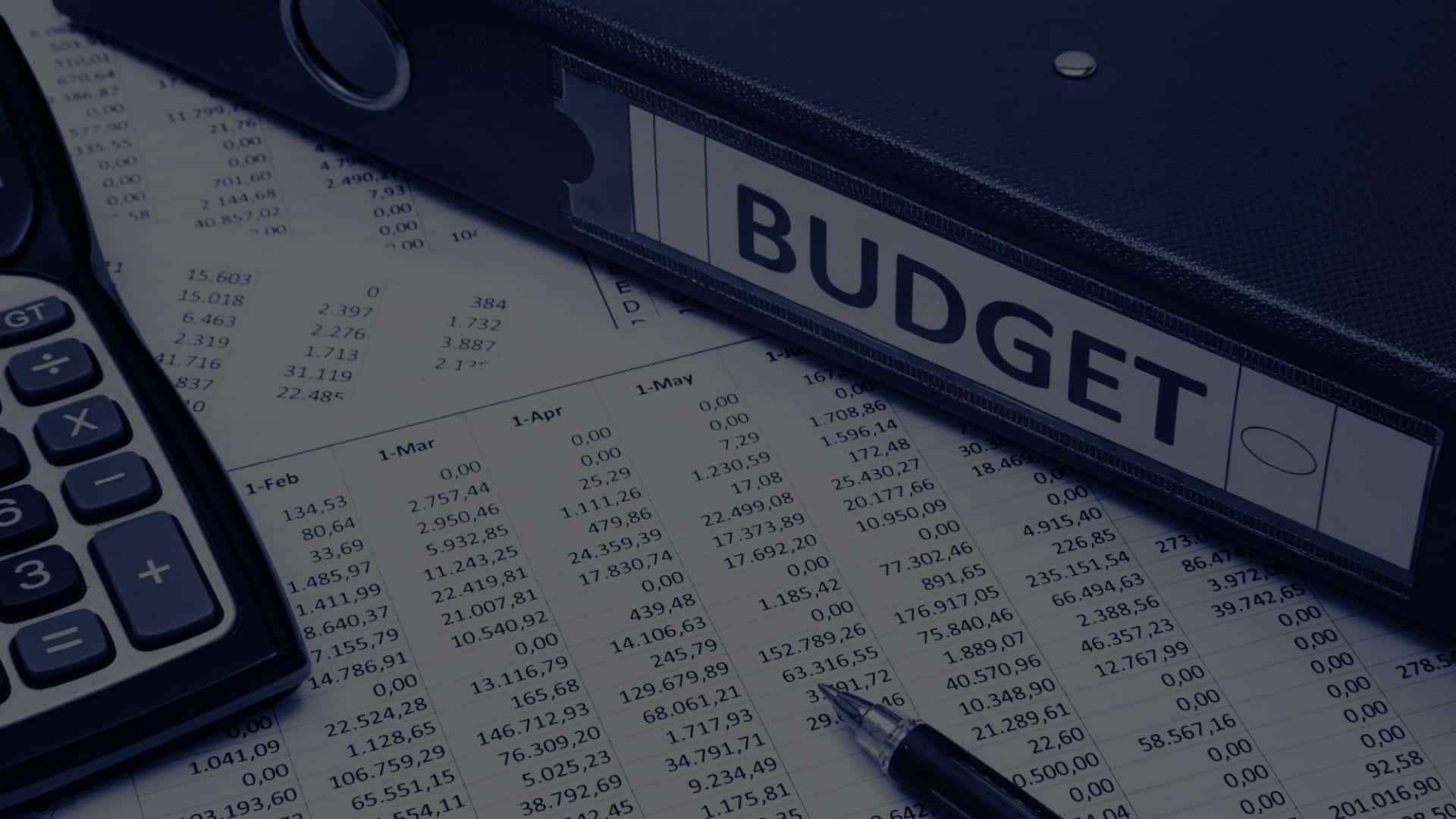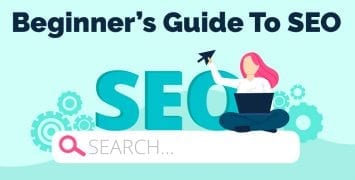Most businesses want to:
- Increase their position in the search results
- Optimize the pages of their website
- Increase site traffic and conversions
These are all great goals. If you’re even somewhat familiar with internet marketing, you probably already have a general idea of how to accomplish those goals. Common strategies include publishing engaging content, developing a network of backlinks and managing a robust social media presence.
However, behind all of those strategies is an important factor many people aren’t aware of. Called a “crawl budget,” this SEO building block helps determine how search engines interact with your site.
Let’s take a look at what a crawl budget is, how it works and how it can help your site thrive:
Crawl Budget Defined
First, let’s look at how search engines rank websites. In order to understand where to place a site in the search results, search engines need to understand what that site is all about. Sites are ranked according to a number of factors including backlinks, content, site structure and other factors.
To determine what a site is all about, search engines send out automated spiders. Also called “Googlebots,” these spiders read through the content of your site for the purpose of indexing.
Basically, a crawl budget is the amount of time search engines spend crawling your website. In January of this year, Google’s Gary Illyes published a blog defining crawl budget. He stated that a crawl budget actually contains two separate parts:
- Crawl Rate Limit
- Crawl Demand
Let’s take a deeper look at each:
Crawl Rate Limit and Crawl Demand
You want your site crawled often enough that Google has a current understanding of your web presence. But if your site is crawled too often, the Googlebot requests will slow your site.
If your site doesn’t typically have high user traffic, then Googlebots will be able to crawl through your site quickly. As a result, less popular sites are usually indexed more frequently than high traffic ones.
However, search engines prefer to crawl two types of sites: Those with popular content and those who publish new content on a regular basis.
Here’s Google’s definition of a crawl budget: “Taking crawl rate and crawl demand together, we define crawl budget as the number of URLs Googlebot can and wants to crawl.”
At the end of the day, you want all of your pages to be crawled. But, more importantly, your site should be one which Google wants to crawl.
How Your Crawl Budget Leads to Better SEO
What makes your site appealing to Googlebots? First, you need to understand what Google wants. Fortunately, the search engine’s goal is pretty simple. Google wants to provide a great search experience for users.
Your site’s ranking is rather irrelevant to Google. If you provide a great experience for users, you’ll rank high. If you don’t, you won’t.
Improving the user experience will directly improve your site’s crawl budget. So, how do you improve user experience? Let’s take a look:
A Fast-Loading, Fast-Moving Site
Site speed leads to an improved user experience. A fast-loading, high-performing site can handle both human users and Googlebot crawls.
Pingdom is a useful tool here. I’ll use Pingdom to test a site’s speed from at least four locations. This provides a clear picture as to how your site is performing around the world. Google recommends a load time of two seconds or less.
A Clean Design Free from Clutter
A site’s design has a direct impact on traffic and sales. While you want a great-looking site, you also want to avoid a bloated, cluttered look. Too many elements on your page will lead to user confusion and slow loading times.
Images are one of the biggest culprits here. Reduce or compress images whenever possible. Also, remove any unnecessary images from your site.
Avoid Crawl Errors
If Google is crawling your site and runs into a problem, your site ranking could be negatively affected. Fortunately, identifying potential crawl errors is easy.
Google’s Search Console lets you identify any errors which occurred during a site crawl. Within the Crawl Errors section, you can open the Search Console and select your site. All types of crawl errors will be displayed. The two most common types are site errors and URL errors.
Crawl Budget and Your Site Performance
Crawl budgets are an important element of any website. They’re also commonly overlooked. When selecting an SEO professional to help optimize your online presence, be sure and find someone who understands the importance of the crawl budget.




